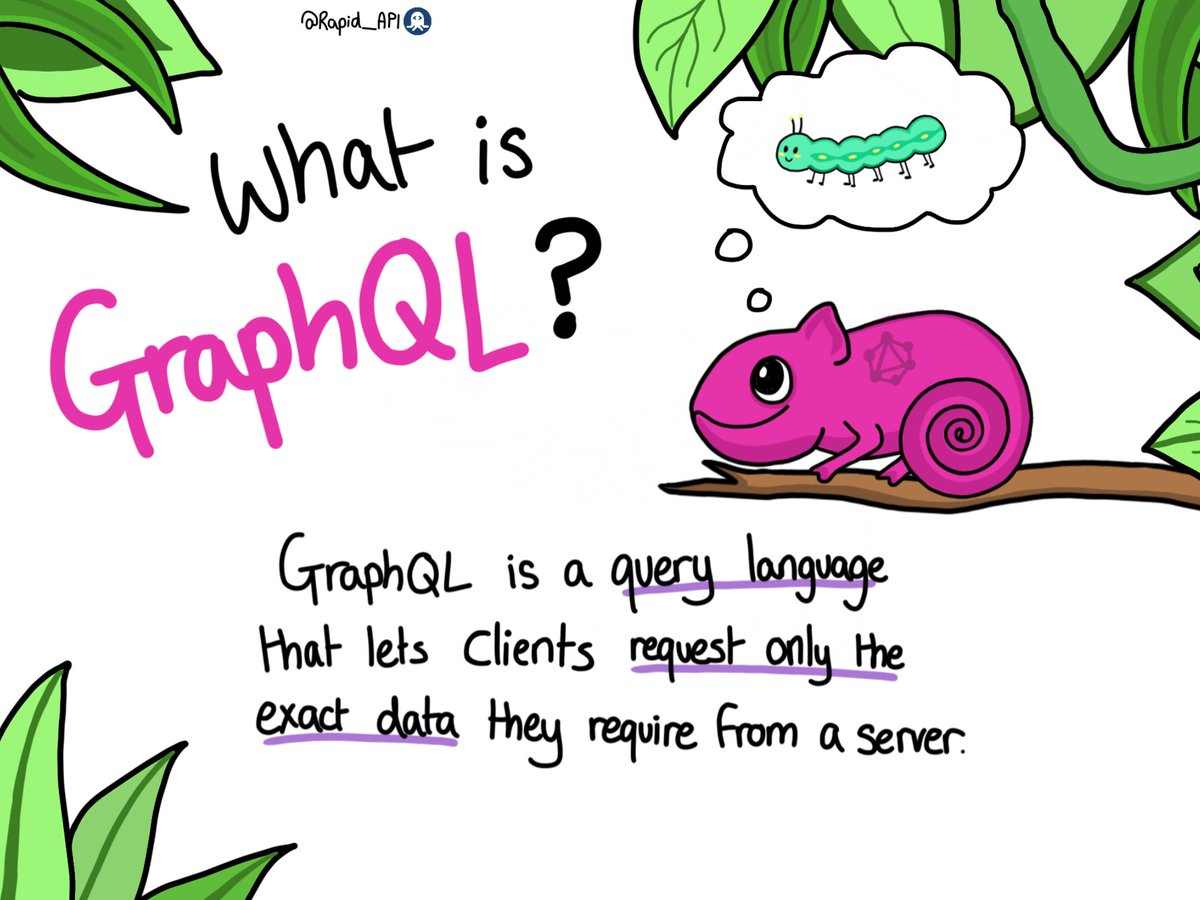
What exactly is an API Key?
Thread 🧵👇🏻
Thread 🧵👇🏻
Let's first talk a bit about APIs.
API is an interface that allows the software to communicate via the internet. In simple terms, APIs are how apps talk to each other.
API is an interface that allows the software to communicate via the internet. In simple terms, APIs are how apps talk to each other.
To call those APIs, you need an API key to establish a communication path between software.
An API key is a unique code for every user which lets you call an API.
An API key is a unique code for every user which lets you call an API.
The length of an API key could be anything.
The only rule is that these keys must be unique and not easy to guess.
Generally, API keys contain lower case and upper case letters with numbers.
The only rule is that these keys must be unique and not easy to guess.
Generally, API keys contain lower case and upper case letters with numbers.
API keys are used for both authentication and authorizations.
Authentication is used to identify the caller requesting API access, and authorization checks whether the user making the call has permission to do so.
Authentication is used to identify the caller requesting API access, and authorization checks whether the user making the call has permission to do so.
The API key is a vital aspect of preventing attacks on APIs.
Below are a few points that are possible to achieve because of an API key. 👇🏻
Below are a few points that are possible to achieve because of an API key. 👇🏻
📌 Identify Traffic
API keys play an important role in identifying where the traffic is coming from.
This helps in API security.
API keys play an important role in identifying where the traffic is coming from.
This helps in API security.
📌 Rate Limit
Controlling the number of calls to an API helps in API management and allows only authorized traffic to your API.
Controlling the number of calls to an API helps in API management and allows only authorized traffic to your API.
📌 Filter Logs
You can filter activity logs on the API server with the help of an API key.
You can filter activity logs on the API server with the help of an API key.
API keys are essential when you work with APIs. But this comes with a downside. 👇🏻
Suppose, you're working with ten APIs. Managing those ten unique API keys might be challenging.
Here RapidAPI can help. 👇🏻
Here RapidAPI can help. 👇🏻
Over 40,000 APIs are available on the RapidAPI hub (RapidAPI.com/hub?utm_source…) which you can access using a single API key provided by RapidAPI (x-rapidapi-key).
And yes, publishing your API on RapidAPI is completely secure as it adds the `X-RapidAPI-Proxy-Secret` header on every request.
`X-RapidAPI-Proxy-Secret` header has a unique value for every API, indicating that the requests are coming from RapidAPI infrastructure.
With that being said, this is the end of this thread.
Follow @Rapid_API to read more excellent API-related content. 💙🐙
Follow @Rapid_API to read more excellent API-related content. 💙🐙
• • •
Missing some Tweet in this thread? You can try to
force a refresh






